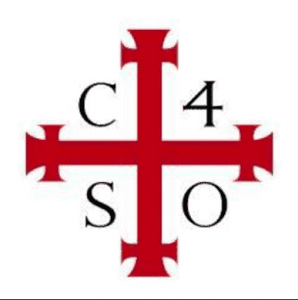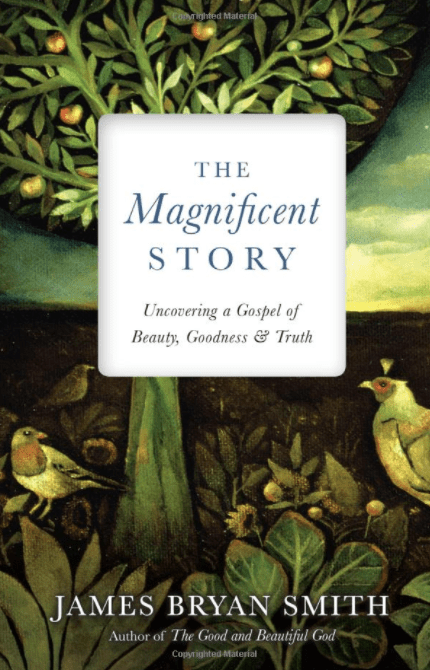 The facts show that “mainline” is no longer the mainline. It’s in the minority now, and Joseph Driskill in his study of “Mainline Protestant Spirituality” in Four Views on Christian Spirituality says mainline only represents 9% of the religious marketplace. For Driskill, spirituality is about “the lived experience of faith, the communities that shape the experience, the practices that sustain it, and the moral life that embodies it” (115). If Orthodox spirituality is shaped by liturgy and sacrament, and Catholic spirituality more ecclesially (familial, etc), mainline spirituality reshapes the whole — and it is important to understand this reframing in order to understand what each of us sees as central to spirituality.
The facts show that “mainline” is no longer the mainline. It’s in the minority now, and Joseph Driskill in his study of “Mainline Protestant Spirituality” in Four Views on Christian Spirituality says mainline only represents 9% of the religious marketplace. For Driskill, spirituality is about “the lived experience of faith, the communities that shape the experience, the practices that sustain it, and the moral life that embodies it” (115). If Orthodox spirituality is shaped by liturgy and sacrament, and Catholic spirituality more ecclesially (familial, etc), mainline spirituality reshapes the whole — and it is important to understand this reframing in order to understand what each of us sees as central to spirituality.
How do you see mainline/progressive spirituality? How does it differ from Orthodoxy, Catholicsm, etc?
So, Driskill takes us on an adventure:
1. Mainline spirituality is about a commitment to a shared witness and mission through ecumenical cooperation. Thus, the ecumenical movement toward unity, even if it has not happened theologically, inspires mainline spirituality.
2. Mainline spirituality follows the path of the American intellectual life of university education because of its value of scholarship. Driskill points to science and faith, psychology and faith, as well as to historical studies and science, including a critical approach to the Bible. If it has been shaped by a variety of critical approaches, mainliners believe God still speaks through Scripture.
3. Karl Barth and Paul Tillich led mainline spirituality to a God “out there” to a God of relationship, to an immanent God within reality. Hence, a more panentheistic view of God.
4. Who then is Jesus? Miracles receded among mainliners and Jesus is more connected to compassion and justice. Love, forgiveness. An inspired leader. His “divinity” is about his faithfulness to God. “The resurrection is treasured as God’s vindication of Jesus’ earthly life and the powerful capacity of love to overcome death” (124). Thus, many progressives see the resurrection for its symbolic power, not its historicity. He appeals to Marc Borg on Spirit — and sees Jesus as one mediator of the divine. Jesus becomes a way to God but not the only way.
5. Social justice. Rauschenbusch. Sheldon. Thus, Micah 6:6-8 and Matthew 25:31-46 are prominent. And a much greater advocacy for women in ministry.
6. Religious authority. There’s a deep mistrust of authority structures and prefer the priesthood of all believers. Personal sin is not valued as much as systemic sins.
7. There has been a return to spiritual disciplines among the mainline. Habits that generate character transformation.
8. He sees hope in spiritual disciplines, compassion and justice actions, dialogue and aesthetics.
The responses to Driskill by Nassif and Howard are too kind; the response by Scott Hahn is closer to what I would have said. There is a reason why the mainline/progressive/liberal churches are declining, and Driskill begins his essay on that note, and what we find in this essay is one reason why. There’s no gospel here.










